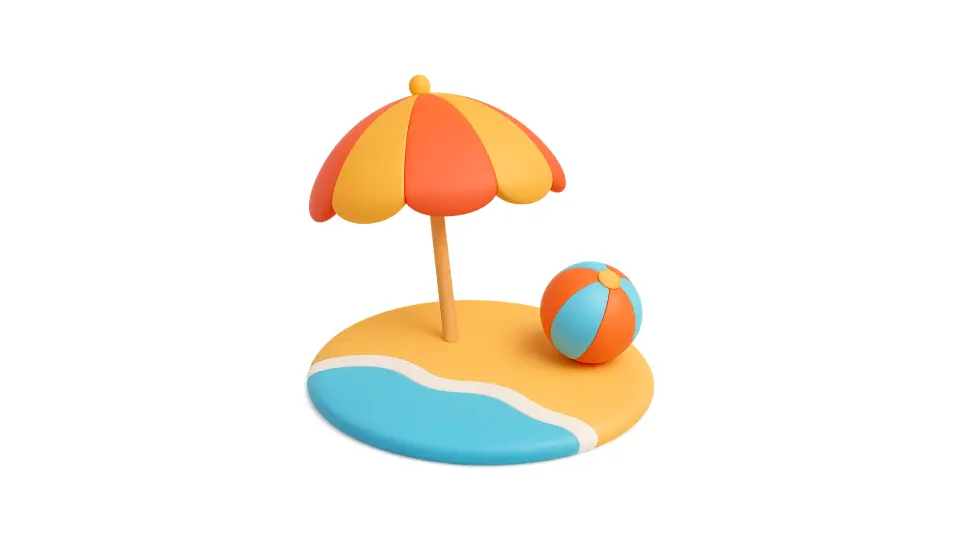Picture this: you come back from vacation and set your favorite beach photo as your desktop background. It helps the feeling last a little longer. On your phone, there’s a snapshot of your kids running into the sea. And when someone calls, your carefully selected ringtone chimes in—one you spent a surprising amount of time choosing.
All of this? It’s personalization. That very modern ritual of tweaking, adjusting, and reshaping your devices—your phone, laptop, smartwatch—to reflect your preferences, needs, or identity. It can be as small as changing your wallpaper or ringtone, or as complex as installing custom launchers or building advanced automations.
It’s not just about aesthetics. It’s about ownership. About making tech feel like yours. It’s a quiet form of self-expression, and as it turns out, it’s deeply psychological.

The Psychology of Personalization
Why do we love personalizing our devices? Psychologically speaking, it’s not just a design preference, it’s a way of extending ourselves. Our digital tools become reflections of who we are, how we organize our lives, and what we value.
It’s the same logic behind marketing emails that use your name—they work. We respond more positively when something feels personally tailored.
As Psychology Today puts it:
…material things are more than tools, habitats, and conveyances; they are the circumstances of who we have been, are now, and will be.
In short: we don’t just use our devices—we fuse with them.
A Brief History of Customization
Back in the ‘80s, personalization meant changing your wallpaper or screensaver. It was the first symbolic gesture of digital ownership.
By the early 2000s, mobile phones added a new layer. Recording your own ringtone? Peak personalization. (“Mom, pick up—I’m calling!”)
In 2007, the iPhone redefined everything. Touchscreens, widgets, and app grids became the new playground. You could now shape the function of your device—not just its look.
Android pushed the boundary further in the 2010s: launchers like Nova or Smart Launcher, Tasker-based automations, and full interface overhauls turned devices into DIY kits for power users.
Now in 2025, we’re deep into hyper-personalization: dynamic widgets, AI-based shortcuts, rotating lock screens, home screens as unique as fingerprints. Sounds fun… but is it too much?
The Bright Side of Customization
Let’s be fair—personalization can be powerful:
- It filters out clutter and highlights what matters.
- It enables autonomy, especially for users with accessibility needs (e.g. custom vibrations, screen readers, automations).
- It makes tech feel more humane—more you.
And the Not-So-Great Side…
But hyper-customization has its issues:
- Loss of control: Sometimes the system customizes for you. Think algorithmic feeds or predictive shortcuts that feel invasive.
- Confusion and frustration: Personalize too much, and you might forget how to undo it.
- Security risks: Endless apps, widgets, and extensions? A playground for bugs and sketchy permissions.
Three Common Headaches When Customizing Your Devices
- Visual Overload Live wallpapers, semi-transparent widgets, and dynamic icon packs might look cool—until you can’t find anything.
- Functional Confusion Custom gestures, hidden menus, or launcher settings can be hard to reverse—especially if you forgot how you set them up.
- Performance Issues Some features drain battery, slow your device, or break compatibility—especially on older or budget hardware. In some cases, critical notifications are disabled without warning.
Device Customization: Too Many Options?
Personalization is a superpower—but like any power, it comes with trade-offs.
Sometimes, in the quest to make tech “our own,” we break what made it intuitive in the first place. We overconfigure, overcomplicate, and end up with a device that’s flashy but fragile.
So here’s the real challenge: personalize with purpose. Make your device better, not just busier.
Because the ideal device might just live somewhere between the factory default… and total creative chaos.



